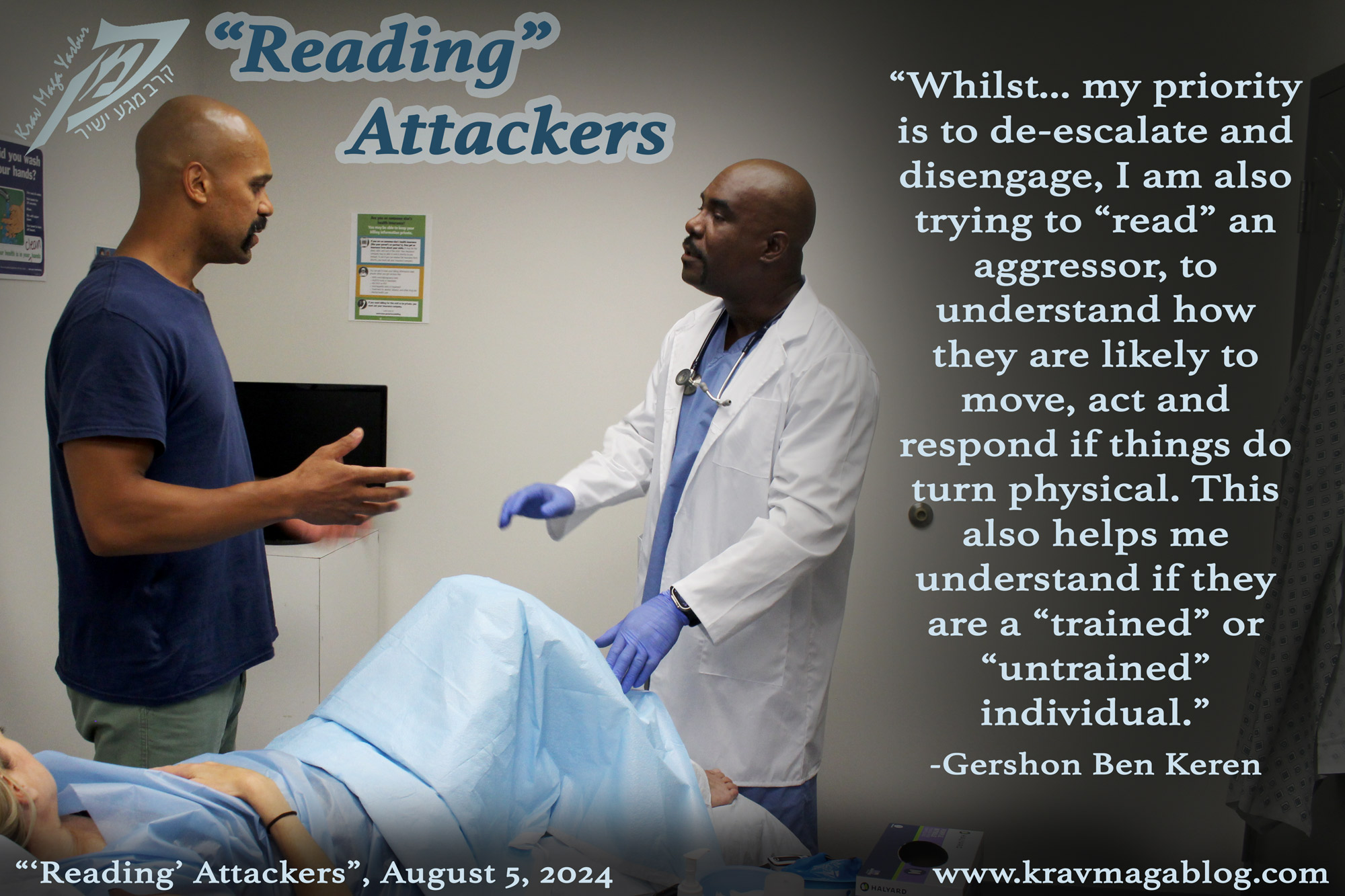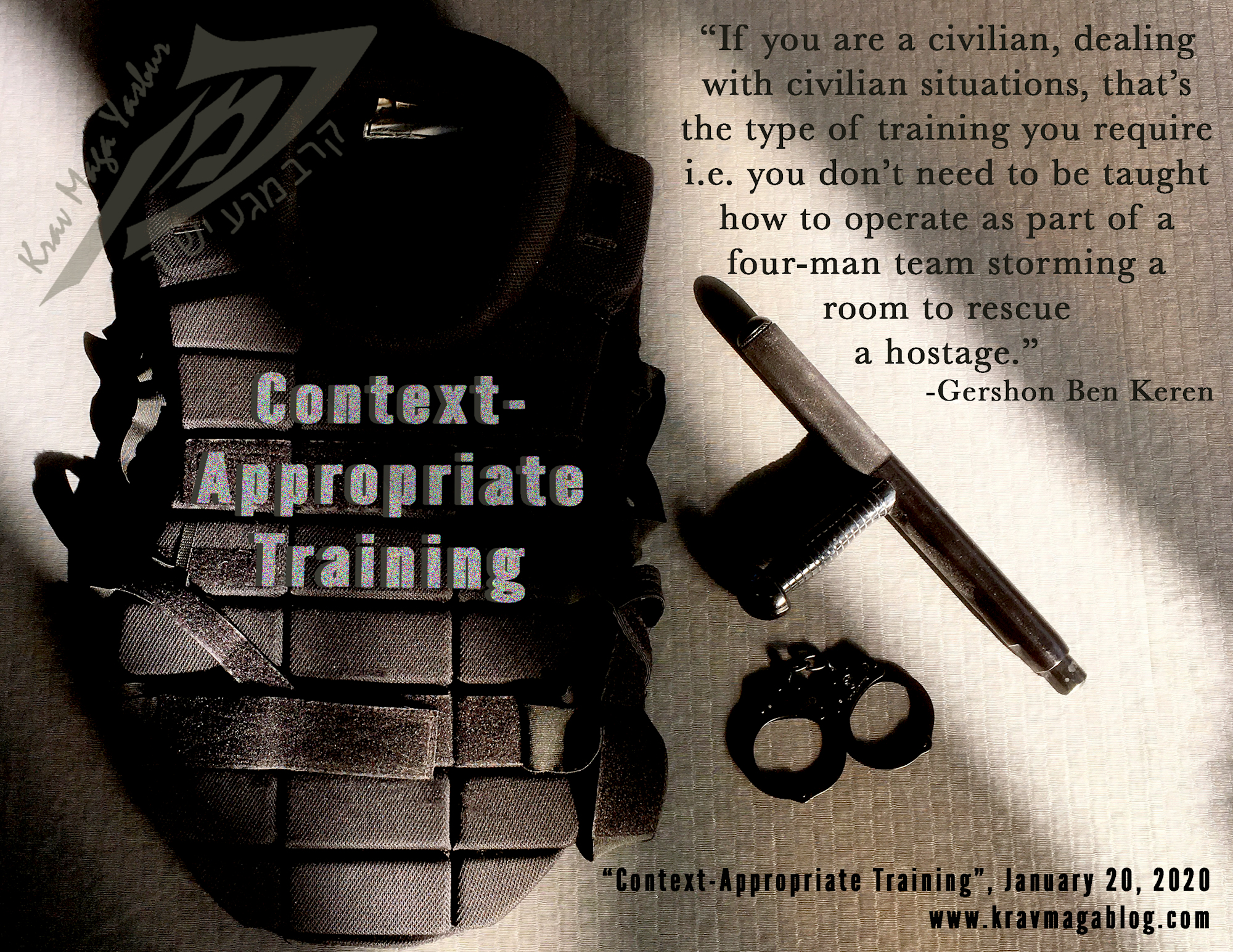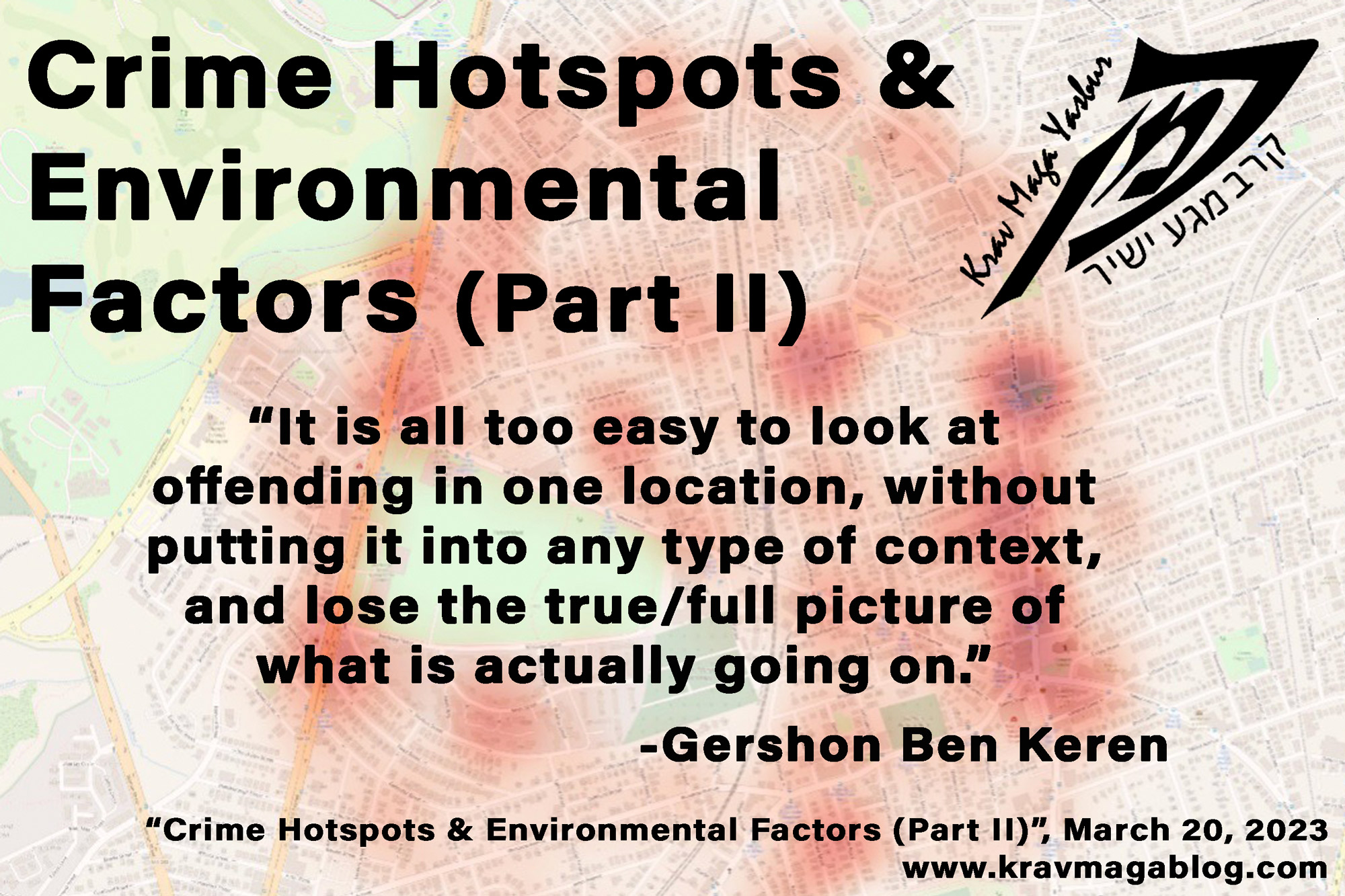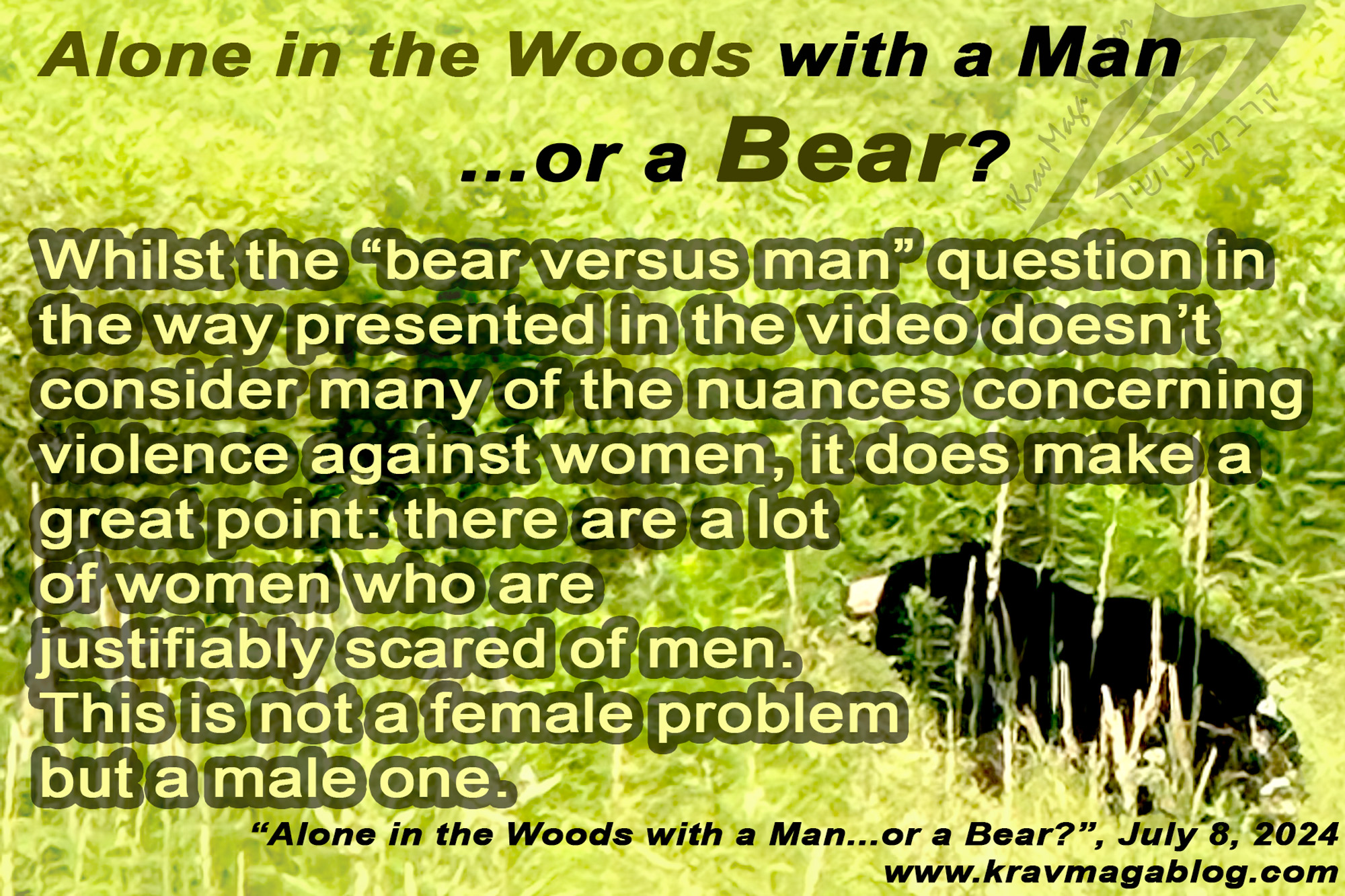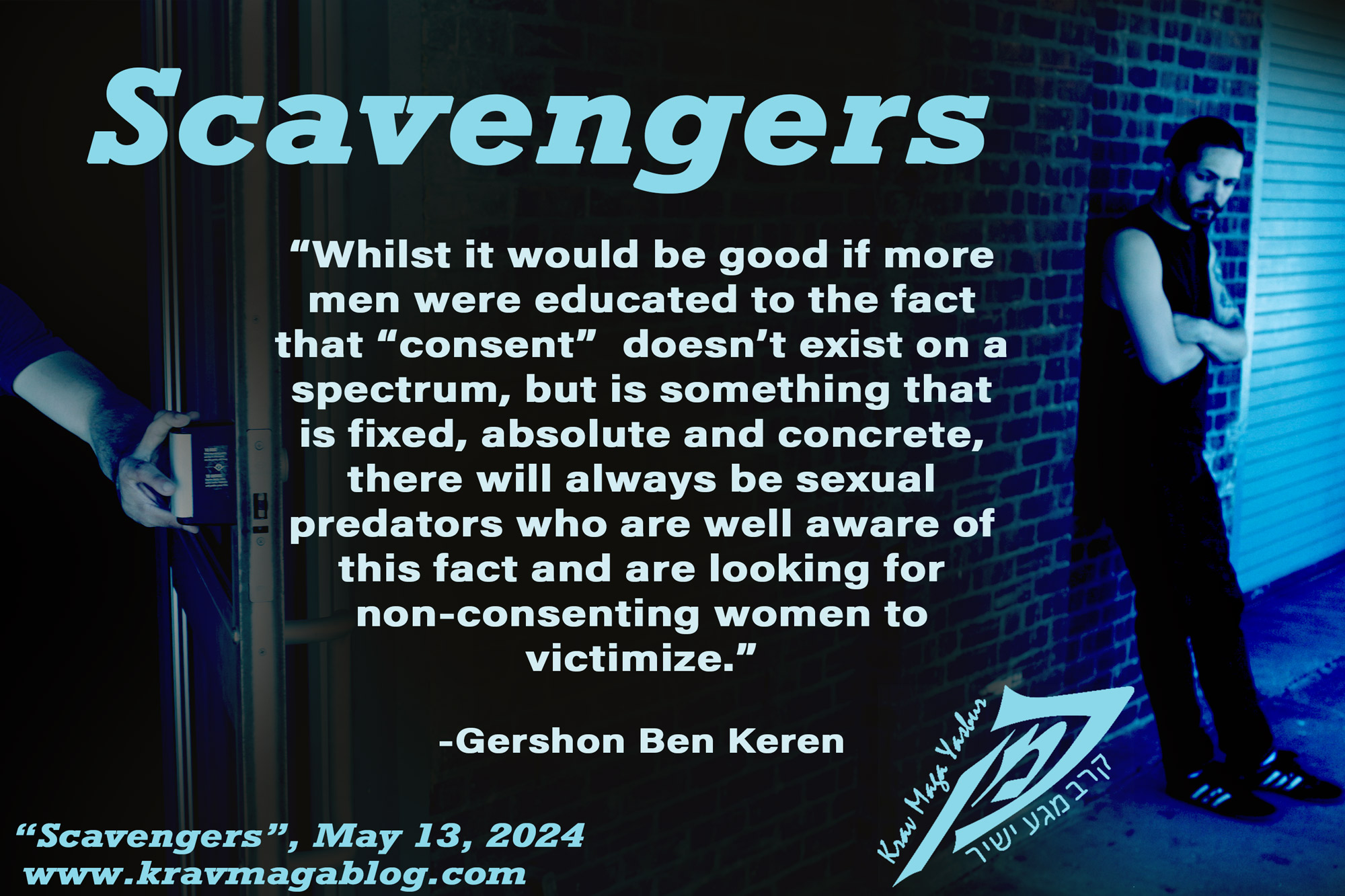Intervening On Another Persons Behalf (Part 1), is an article written by Gershon Ben Keren, a 5th Degree Black Belt in Krav Maga, who teaches Krav Maga in Boston, MA. He has also authored three Amazon best-Selling Books on Krav Maga.
This is the first of a two-part blog looking at bystander intervention and verbal confrontations i.e. what and what not to do when you see somebody being verbally harassed/abused and feel compelled to intervene. The second article will look at when and how to intervene on behalf of somebody who is being physically assaulted.
I understand good intentions; I understand people wanting to encourage others etc. however we do have to check whether the people giving us advice – however sensible it may seem – are qualified and experienced to do so. When the Fukushima nuclear reactors overheated after the Tsunami in 2011, I had some ideas, based on my High School physics classes, of what possible courses of actions could have been taken to avert a disaster. Fortunately, nobody listened to them, or took them on board. I have no qualifications or experience in radiation cleanup, and so was in no position to give advice. In the realm of personal safety, there is a feeling that everyone is qualified to put across their views and opinions, and as long as they are presented well – and make sense to us – they are taken to be true e.g. I think everyone has heard of the “good advice”, concerning throwing your wallet away from you when confronted by a mugger; there are too many reasons to describe in this article why this is bad advice, however logical it may seem (there is a link at the bottom of this article to a piece I wrote about personal safety myths, which goes into the details). Recently, a Paris filmmaker and cartoonist published what is being described as a “helpful” illustrated how-to-guide, on how to intervene on behalf of somebody who is being verbally abused in a public setting such as a train or a bus. It looks good, is well intentioned, and presented in an authoritative manner, however the approach presented is deeply flawed and is likely to escalate, rather than de-escalate, a confrontation.
The premise of the piece is that when you see somebody being verbally abused, you should go up to them and start a conversation about something else. The idea is that the two of you have a conversation, and ignore the abuser. Because the abuser no longer has an audience, they will go away. Sounds simple and logical, plus it’s something that even a timid person will feel they have the capability to do i.e. they don’t have to confront anybody, they just have to assist somebody in ignoring the assailant. It’s a very appealing strategy that helps people feel empowered to do something. Unfortunately, this tactic is more likely to escalate a situation, rather than de-escalate it. Ignoring an abuser is not likely to make them go away; anyone who has been bullied will tell you that ignoring a bully, encourages, rather discourages, them. If somebody feels they are being ignored, they will escalate their actions and behaviors to make sure they get the attention of their target. Aggressive and violent individuals feel justified to behave and act in the way they do, ignoring them is to delegitimize this justification, and only frustrate them into more extreme behaviors. They are not likely to simply go away. We may like to think that we have somehow put the aggressor in their place, but this is simply wishful thinking. I have seen too many situations, in bars and clubs, where people have tried this tactic, only for it to fail miserably. Not taking seriously an angry individual who feels that they are justified and in the right, is not going to de-escalate the situation or force them to disengage from it. Quite the opposite.
The advice also imagines just one type of harassment/confrontation, and this often happens when people don’t have a wide range (or any) firsthand experiences of violence; they can only imagine one type of scenario. Abusive situations can be quite diverse, and may require different solutions. In the cartoon a large aggressive man is shouting islamophobia rants at a Muslim woman. What he is saying is depicted as squiggly lines e.g. it is just incoherent aggressive statements without any substance. What if the person being aggressive is coherent, and is blaming the woman for the death of his son who served in Afghanistan? Is the blame warranted? No. Is his manner of interacting with this woman socially acceptable? No. However, is the man’s grief and emotional state understandable? I would say yes, and I think it is wholly inappropriate – and dangerous – to discount his grief by going up to the woman he is shouting at and start talking about the weather. I’m not saying that you, the victim and the aggressor should all sit down and sing “Kum ba yah” together, or start an impromptu therapy session for all concerned. Personal safety is about being effective and ignoring the aggressor – and their grief – is not an effective solution. Acknowledging it and challenging his behavior concerning it, will get you further. It would be simplistic to always paint violent situations without any shades of grey – this is not to blame the victim, but to help us understand the motivations behind such aggression, so that we can deal with them more effectively. When we can only imagine a singular picture of violence, we will be ill-equipped to deal with reality. So how do we intervene on behalf of others who may be the targets of other people’s anger and aggression?
First, we must listen to what they are saying. They may be trying to start a “forced debate”, where they are trying aggressively to get their target to interact with them, so that they can make a point to a larger audience. This is a much more rational/reasonable type of aggression, and it may be possible to interact with the individual, and explain why they can’t force somebody to talk to them, that people have a right to privacy, etc. You can acknowledge their anger. This is something that is a common de-escalation tool i.e. approach them and say, “You seem really angry”. Often when people rationally recognize their emotional state, they will “wake up”, from it. As you can see, these approaches involve interaction, rather than ignoring the aggressor. Anger doesn’t dissipate, it grows, and it needs to be either de-escalated or deterred - not ignored.
Without going into a full description of how, when and when not to de-escalate (I have written many articles on this – you can use the search function on the page to find these), there are times when you need to deter violence. If a person is screaming and shouting, it is unlikely that they will be able to comprehend what you are saying and so it will be impossible to de-escalate, and you will have to confront and deter the aggressor from continuing/escalating the situation. One way you could do this is to appeal to the other people around you e.g. “This is America, and while we might have disagreements with others, our society doesn’t tolerate the way you are acting/behaving. Put your hand up if you agree with me.” Understand that you might now become the target, if nobody wants to stand with you, and this is always a danger when you intervene on behalf of others; you may not have the support of either the person you are trying to protect, or of those around you. The target may wish to keep their head down and put up with the verbal abuse, rather than have somebody potentially escalate it for them. Another strategy that may work on a subway train – the setting the cartoonist depicts – is to inform the aggressor that they are guilty of assault (they are giving the target reason to fear for their safety and can physically accost them – there doesn’t have to be contact for it to constitute an assault), and that if they don’t stop, you will press the emergency button/pull the emergency cord etc. and that this will involve the transport police arresting them at the next station. Both actions may deter an aggressor, and may get the crowd on your side – it could also do the opposite e.g. if you do pull the chord/press the button people’s journeys may be disrupted, which may turn them against you, or may turn them against the aggressor.
Intervening doesn’t always make the situation better, and you should accept this, and know what to do if the situation starts to turn against you. You should be prepared to become the target of the aggressor’s wrath as well as not being supported by those around you, etc. Do you have a strategy if this happens, or are you gambling everything on your intervention being successful? A cartoon may make it look like intervention is easy and simple - we can all talk about the weather – but its advice is ill-founded. The cartoonist says that their approach is based on the concept of “non-complementary behavior”, which basically involves responding in an opposite manner to the person you are dealing with e.g. facing an aggressive with a caring/welcoming demeanor rather than matching their aggressive one. The problem is that their approach isn’t based on this, their approach is not one where the aggressor is met/responded to, but one where they are ignored – the opposite of “non-complementary behavior”. Bad advice, is bad advice - however well-intentioned it is, and shouldn’t be followed. If you do plan to intervene where you see verbal abuse happening, think through all the possible outcomes and start to develop strategies for them, rather than simply imagining everything turns out well.
For those who are interested in why you shouldn't throw your wallet on the floor, when it is demanded by a mugger (and some other personal safety myths) please use the link below:
http://www.kravmagablog.com/kravmagablog-February-2016.php#5PersonalSafetyMythsThatPutYouInDanger
0 COMMENTS
